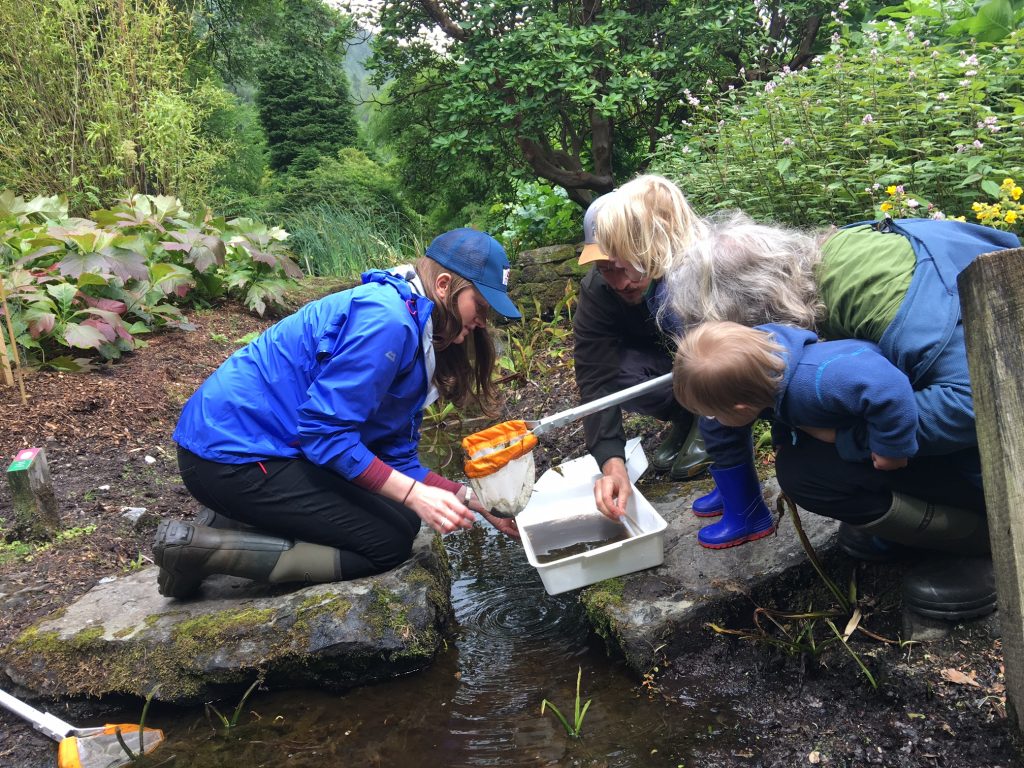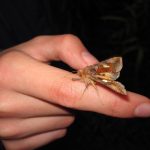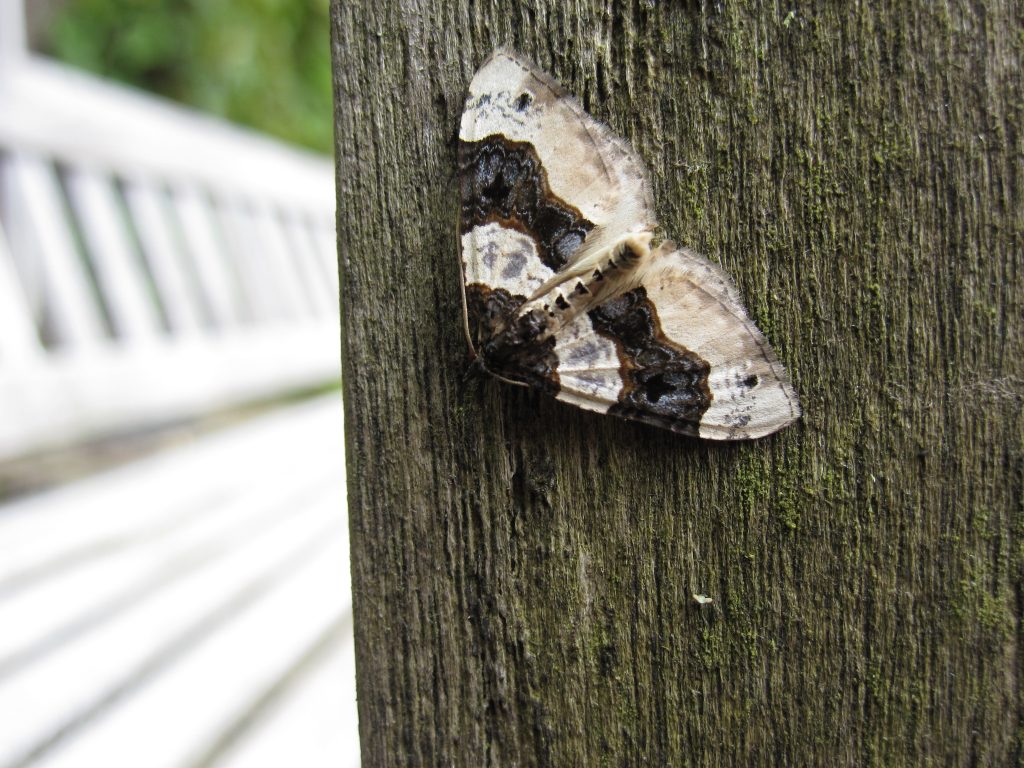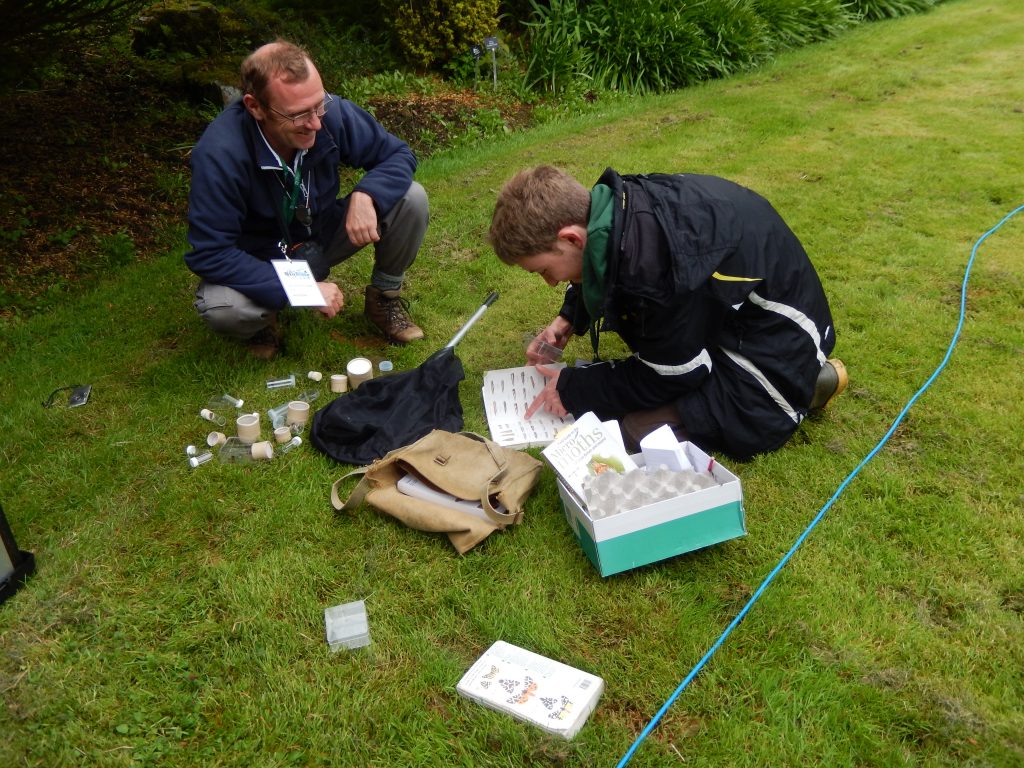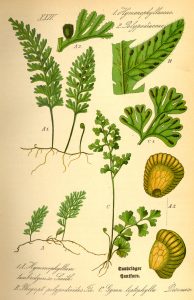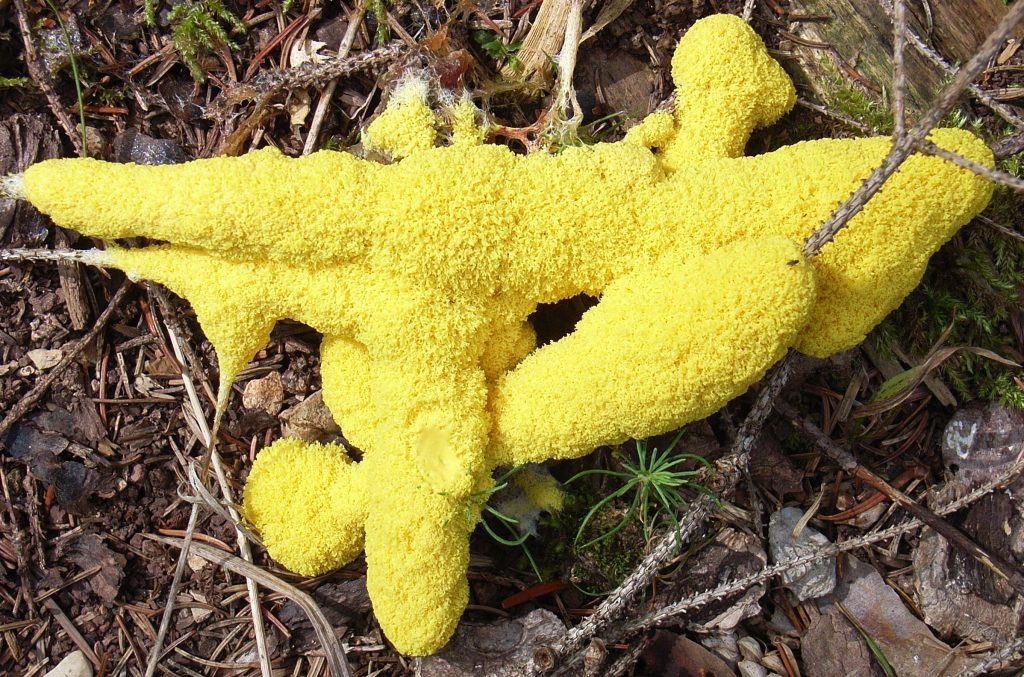Counting the wild species in a given area in a set time is the aim of a BioBlitz. Clearly, the biggest list will be produced by involving as many people as possible who can identify a wide range of organisms. It was with the aim of being a record breaker that the Benmore BioBlitz kicked off at 4 pm on Friday 15 July with a team of over 20 expert recorders. The Benmore Botanic Garden event was the fourth in a series of Bioblitz events and by 4 pm on Sunday 17 July 288 species were recorded. However, this was not the final figure as many specimens were collected that needed microscopic examination to determine their identity. There was also a backlog of paper records to be added at the end of the event.
So, what did we discover about wildlife at Benmore Botanic Garden? Well, for a start, the record for longest list was well and truely broken. The previous event totals were: Edinburgh 556 species; Logan 360 species and Dawyck 561 species. I was quietly confident that with a team that included expertise in lichens, bryophytes and fungi (all diverse groups at Benmore) we had a good chance of a record species list. The weather was not kind and rain kept flying insect numbers down, so it was a very pleasant surprise to find that all the hard work during and after the BioBlitz had resulted in a record breaking list of 707 species. The largest single group was higher plants with 185 species, but bryophytes (mosses and their allies) came a close second with 172 species. Fungi came third with 122 species, and moths fourth with 68.
The moth count was a fantastic achievement considering the weather conditions! Seven traps were set out on both nights.
The details are still being digested, but some notable species are already emerging. The rare Tunbridge filmy fern (Hymenophyllum tunbrigense) was located near the Golden Gates. This tiny fern with a frond that is only a single cell thick is restricted to humid sites and is a speciality of the Celtic rainforest that survives in the area around Benmore Botanic Garden in fragments of native coastal woodland. Sticking with ferns some natural regeneration of a tree fern in the genus Dicksonia was noted. In contrast to the filmy fern this group of ferns includes some giants that can reach several metres. Presumably these plants are the result of spores that have escaped from the Benmore Fernery. Only time will tell what species they are and whether they can withstand the Benmore climate, but they are unlikely to ever match the impressive outdoor specimens at Logan Botanic Garden. The final tally for ferns and their allies was 23 species.
Among the oddities the prize has to go to the flowers of tan. This curious bright yellow mass is a slime mould (Fuligo septica). The name comes from its frequent appearance in tan bark bits used in tanning hides. For a long time these strange organisms were grouped in with the fungi, but are today regarded as a separate group called slime moulds. Also known as dog vomit slime mould and scrambled egg slime, for obvious reasons, this truely odd organism is nonetheless very easy to spot. Keep an eye out for it next time you are in the woods!
Special thanks must go to all the recorders, without whom the record breaking list could not have been created. The Lorn Natural History Group provided a number of expert recorders and in due course will process all of the records so that they become publicly available via the website of the National Biodiversity Network.
The final list breaks into groups as follows:
3 Mammals; 32 Birds; 3 Amphibians; 1 Butterfly; 68 Moths; 7 Hoverflies; 7 Flies; 5 Beetles; 6 Bugs; 7 Bees, wasps and ants; 4 Other insects; 1 Spider; 2 Slugs and snails; 5 Crustaceans; 1 Centipede; 2 Millipedes; 1 Other animal; 185 Plants (excluding ferns and mosses); 23 Ferns and allies; 172 Mosses and allies; 122 Fungi and 50 Lichens.

